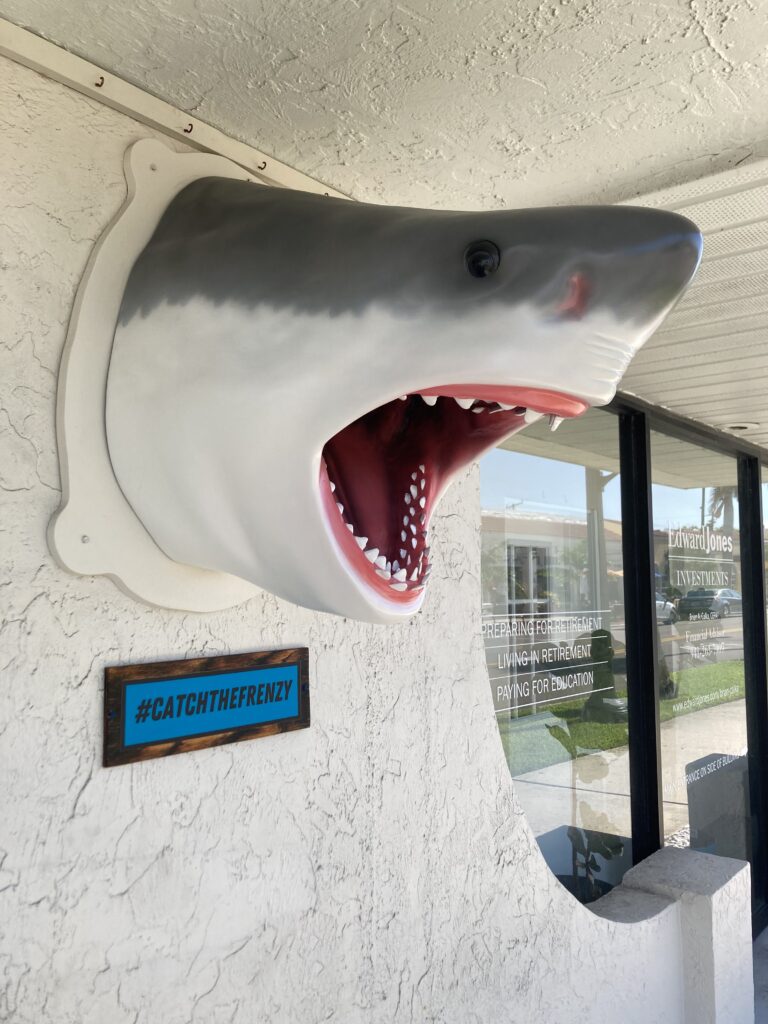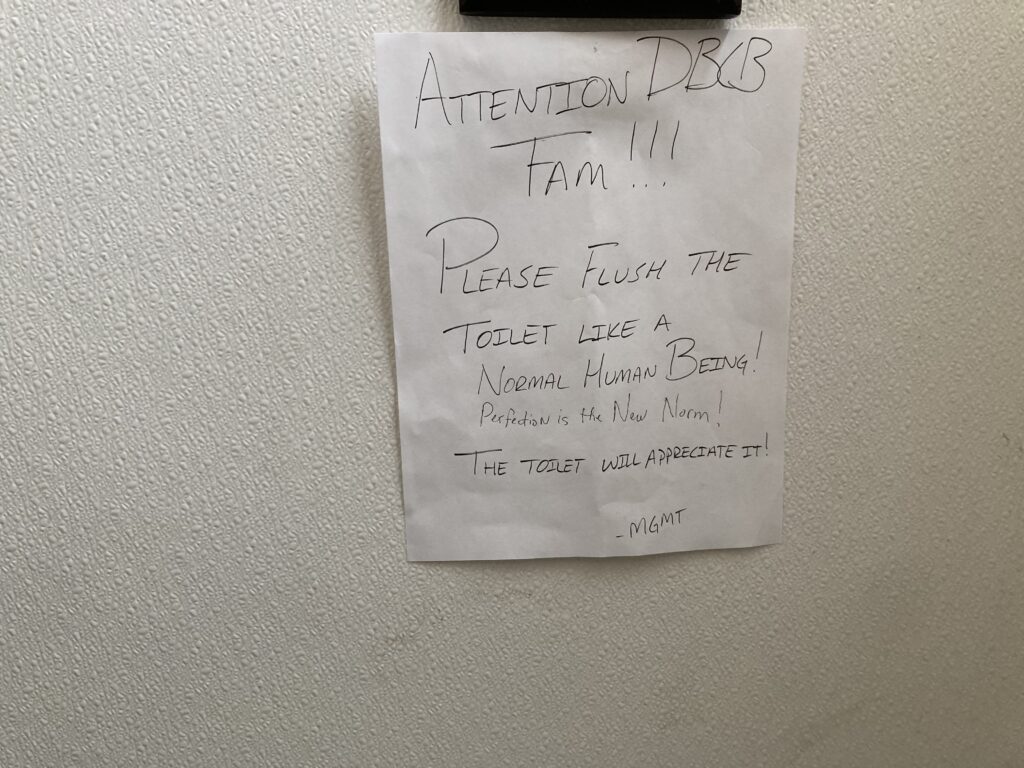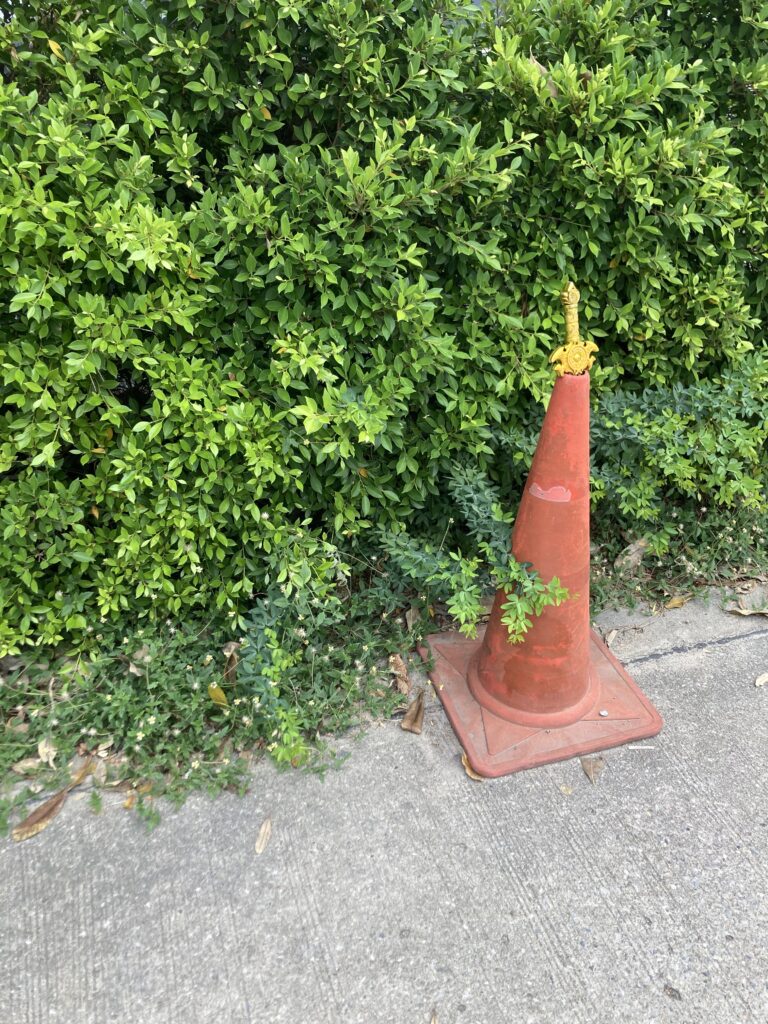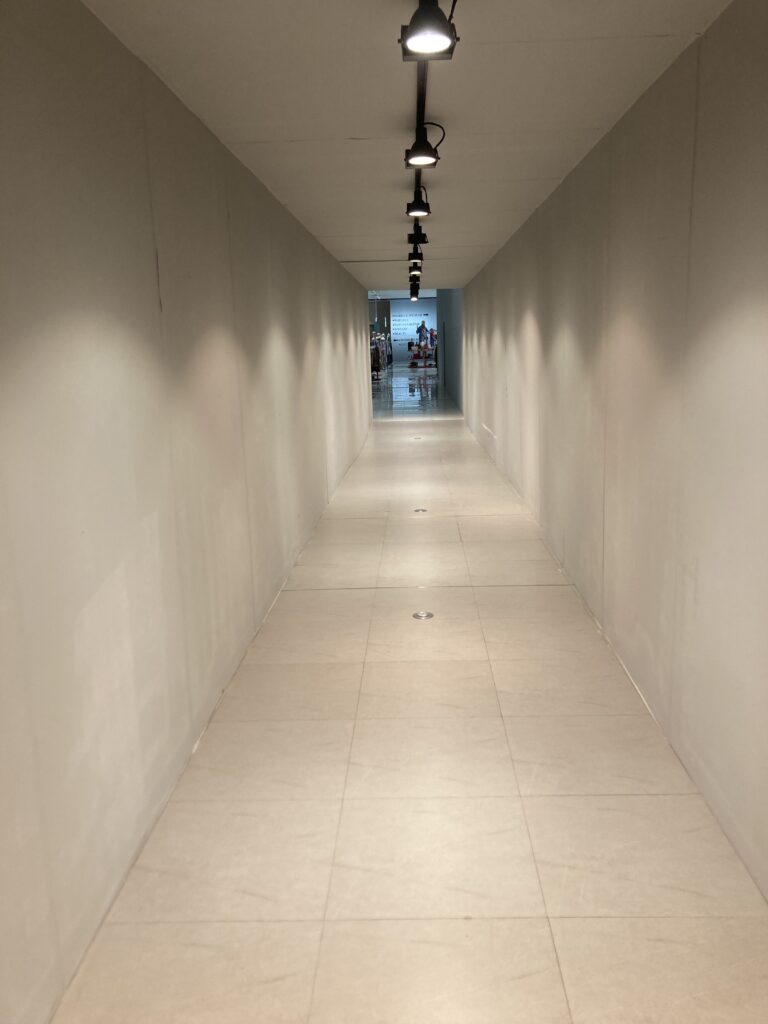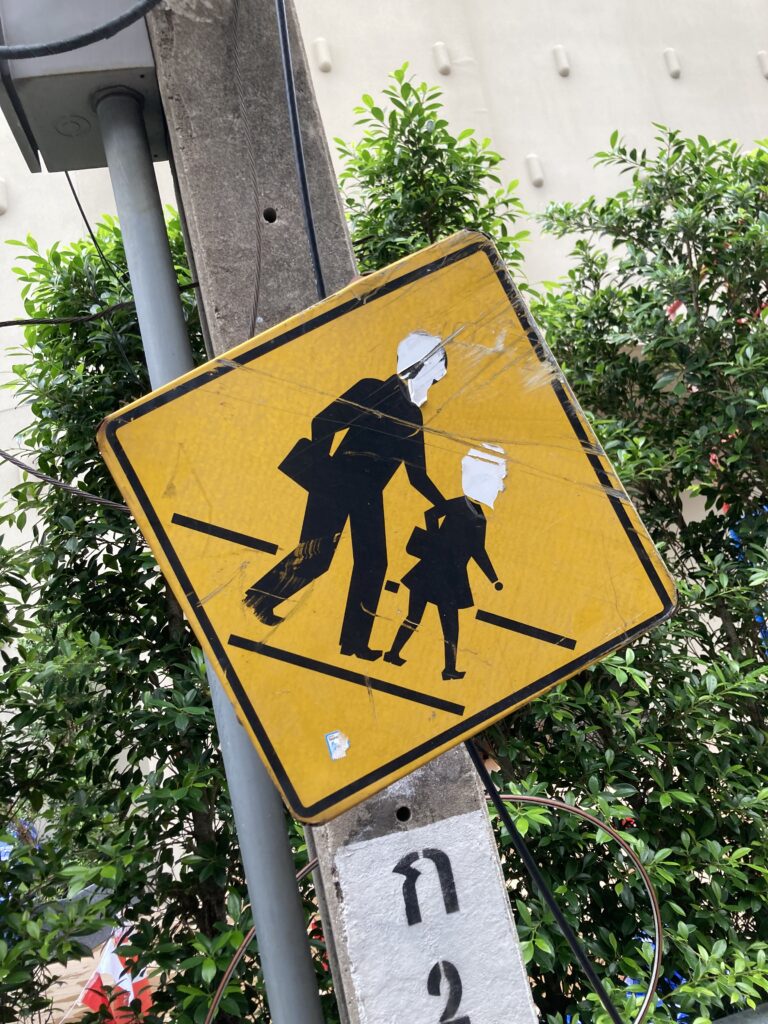The Mini Moon has been closed to the public for nearly five years while ownership of the moon itself has been under legal review. In that time I, like others, have stolen glimpses of it. The Moon. The big one. I’d guess that the illegality of viewing the moon resulted in a lot more looking all around which, according to fringe voices in the conversation, confirms that it’s all some sort of pro-moon guerilla movement, as though the moon might be wanting for publicity.
The likeliest explanation, in my opinion, is that people are greedy and willing to try anything for a buck. ‘The Mini Moon’ is just the knot in a loophole somebody is trying to exploit.
The guide says it better than I could:
‘Lunar artifacts are, for the most part, in the hands of government agencies and those private firms and individuals the agencies trust. Some have fallen from the sky in a process traders refer to as being ‘naturally transported.’ These specimens are largely considered duds as experts and collectors tend to agree that mystique burns off in the atmosphere.
Some of the good ones have been stolen, though, and that’s where things get interesting.
Beginning in 1990, a commercial aired nationwide, offering cash for certifiable samples of the moon. Just like that, samples began disappearing and approximately a year later ‘The Mini Moon’ formed in New Jersey. No larger than a thumbnail at its outset, ‘The Mini Moon’ has a presence that viewers unanimously describe as ‘unearthly.’ Staged under cold lights and protected by no barrier, this ghostly luminescence was, for many years, all the proof Wayside travelers needed that it was constructed from the real stuff.
And it grew.
By the time the wronged agencies began to wonder if something funny was afoot, ‘The Mini Moon’ had grown to the size of an adult man’s head. It maintained a signature surface, matte white and uncomfortably crater-less, that made it difficult for would be prosecutors to identify. If the owners of ‘The Mini Moon’ were buying stolen specimens, they were going a step further: grinding the rocks into a powder that could be molded into the new sphere.
The first headlines were inflammatory, calling ‘The Mini Moon’ a product of a brash and ongoing heist and indicating the near-pricelessness of moon rocks made it the most valuable take in human history. Still, ‘The Mini Moon’ remained unprotected in its display and this, for most, was an indication that the thing was a fake after all. Nothing worth so much would be left unattended while crowds shuffled by for picture opportunities. And the crowds were still coming- of course they were. On the Wayside, counterfeits, done well, can have just as much merit or more than their originals.
Then, in 2020, when the world faced the pandemic, the federal government took the opportunity to launch a formal investigation, all at once lending ‘The Mini Moon’ more credence than it had ever had. At the time, due to Covid lockdowns, ‘The Mini Moon’ could only be viewed via a public livestream sandwiched between ads. The livestream soon became viral and spawned several lofi-style offshoots that viewsers praised for providing simple peace in tumultuous times.
This same viewership criticized governing bodies for cracking down on a small business owner when the world seemed to be falling apart around them and, in response, the leading committee doubled down and, via complex legal shenanigans, made it temporarily illegal to look at the moon. The public lost its nerve and, like a slapped dog, buried its head in blankets.
Views of the livestream remained steady, however, which allowed the owners of ‘The Mini Moon’ to launch the expensive defense that has kept the issue in limbo up through the time of this guide’s publication.
‘The Mini Moon’ may be shuttered by the time you read this page, traveler. Do your research and keep your eyes down.’
‘The Mini Moon’s’ grand reopening was a week ago but, by the time I reach the warehouse that contains it, the crowds have largely dispersed. I wait in a 30-minute line before I’m ushered inside. The people ahead of me gasp as they enter and I’m still surprised by what I see: ‘The Mini Moon’ not so mini, now the size of a turn-of-the-century VW Bug and glowing grey-blue. It is difficult to describe why I know it is the moon, but I do. They’ve been collecting, all this time, more pieces of moon than should exist on earth.
No wonder the government has questions.
I welcome belligerence from the small business community in theory, but I also worry about exposure. The Wayside has been a haven for me in a country that is largely hostile. The less the government thinks about us off the shoulder of the highway, the better.
-traveler

